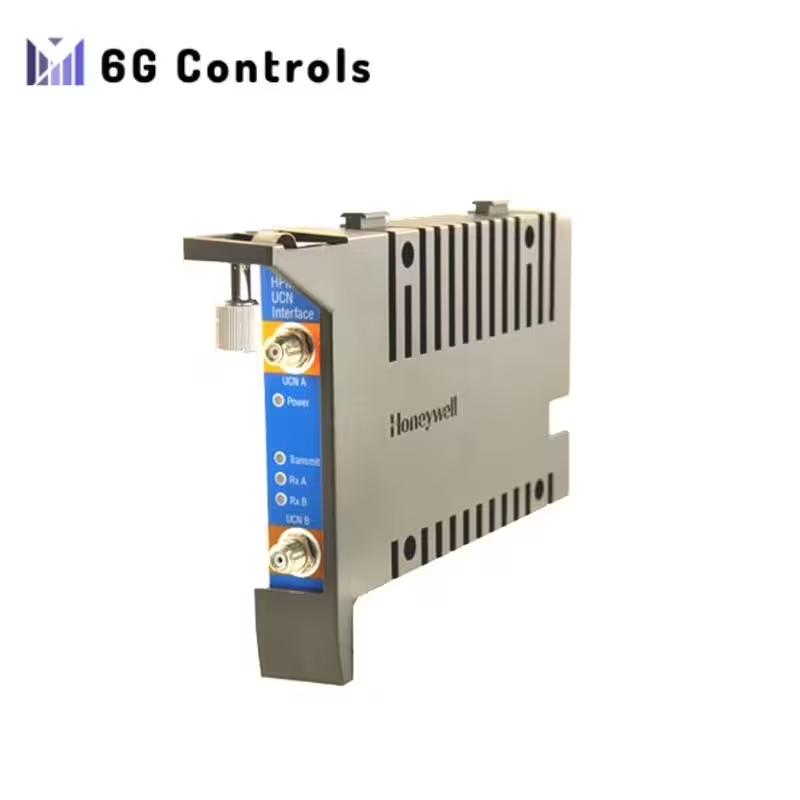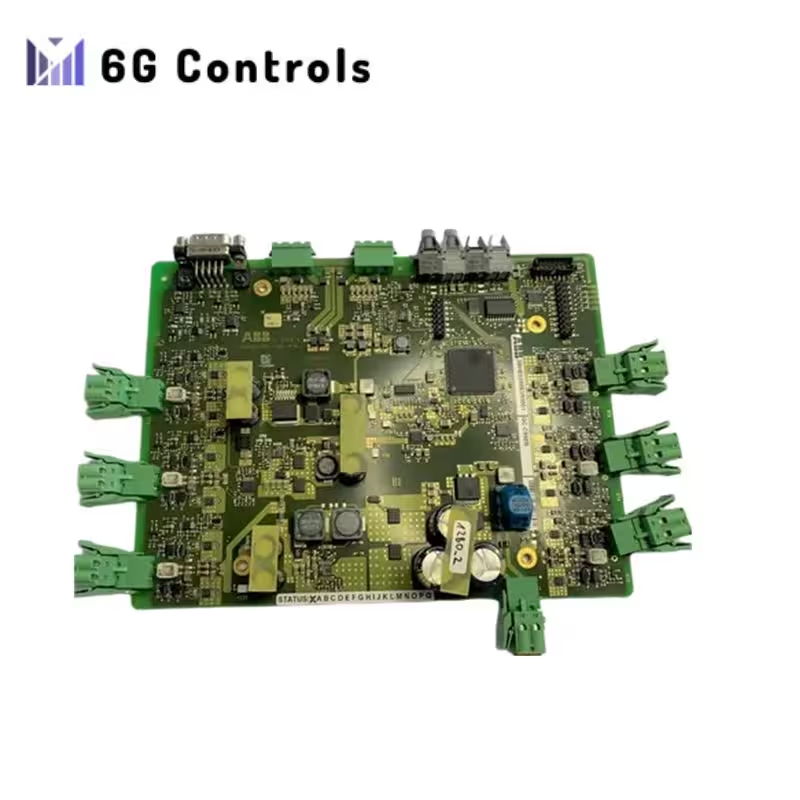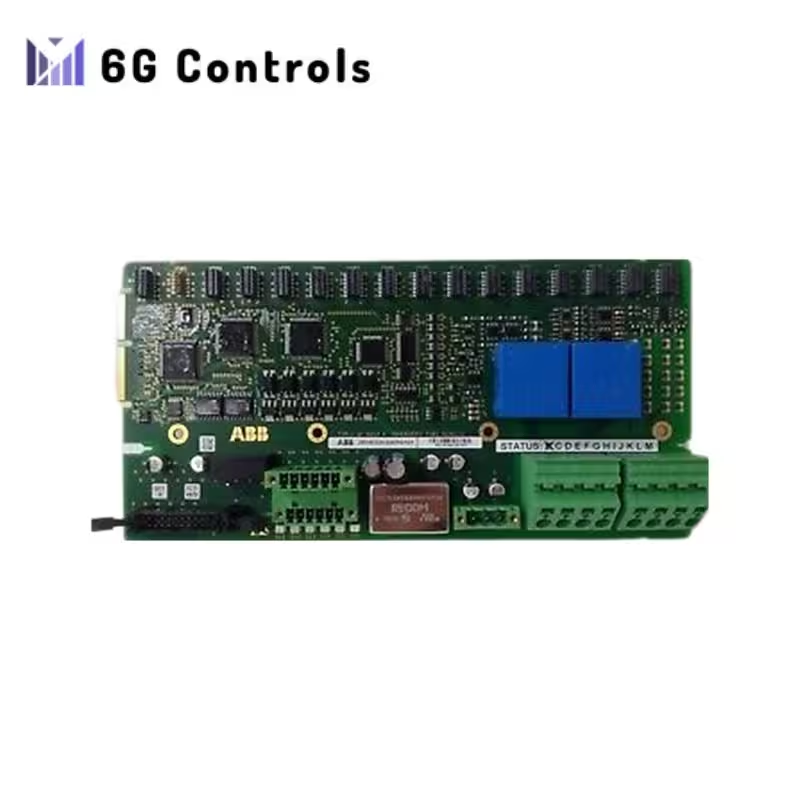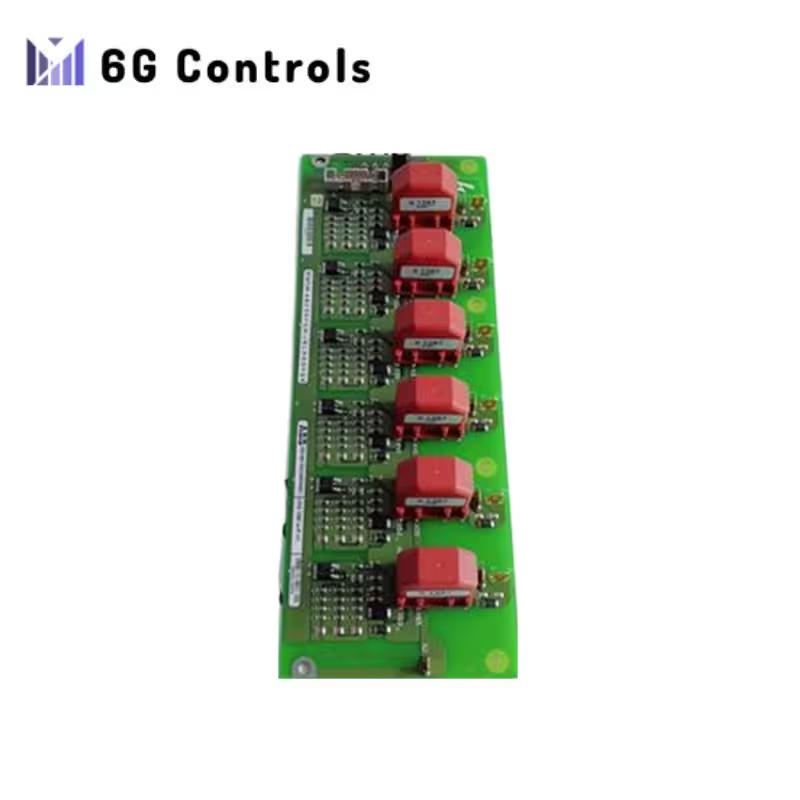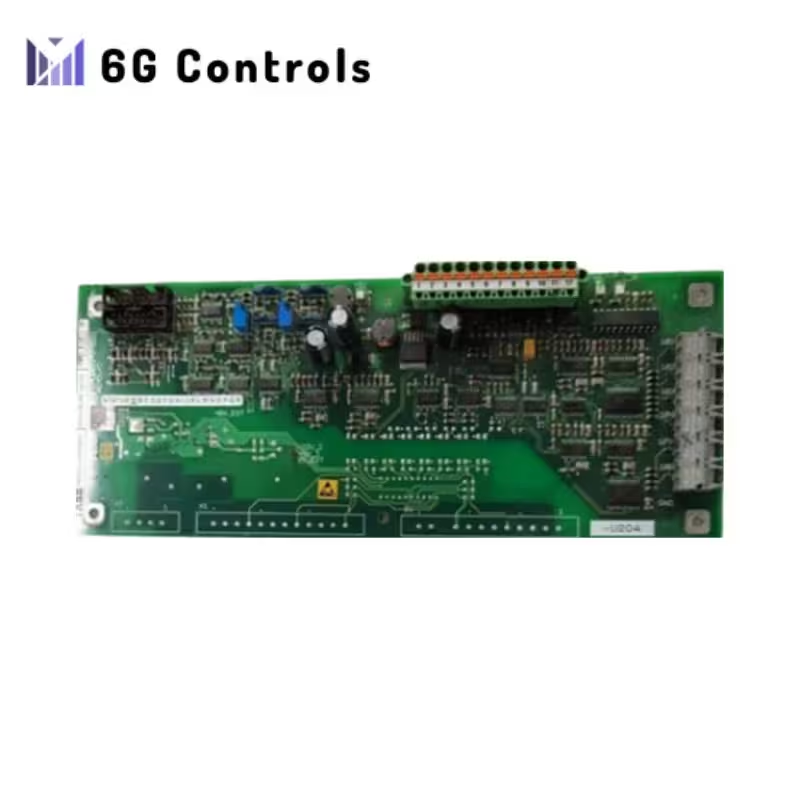
Interface Module
Interface Module Overview
An interface module is essential in industrial automation systems, enabling seamless communication between various devices and systems. It acts as an intermediary by converting and transmitting data signals for efficient system integration.
Key Functions of Interface Modules
Interface modules handle various tasks, including:
- Signal Conversion: They convert signals, such as analog to digital or voltage to current.
- Protocol Conversion: They translate data between communication protocols like RS-232 to Ethernet or Modbus to Profibus.
- Electrical Isolation: They provide galvanic isolation to protect systems from voltage surges and ground loops.
- Data Buffering and Processing: They temporarily store and process data for smooth communication.
- Signal Conditioning: They filter, amplify, or attenuate signals to improve their quality.
Common Types of Interface Modules
Interface modules come in various types, each suited for specific applications:
- Serial Interface Modules: These support serial communication, such as RS-232, RS-485, or RS-422, for connecting computers to peripherals or industrial devices.
- Ethernet Interface Modules: These modules connect devices to Ethernet networks, commonly used in industrial automation.
- Fieldbus Interface Modules: These connect devices to industrial fieldbus networks like Profibus, Modbus, or CANopen, often used in PLC systems.
- Analog Interface Modules: These handle analog signals like voltage or current, typically used with sensors and actuators.
- Digital Interface Modules: These process digital signals, such as on/off or high/low states, for switches, relays, and other digital devices.
- USB Interface Modules: These allow devices to connect to computers via USB, often used in data acquisition and control.
- Wireless Interface Modules: These enable wireless communication, such as Wi-Fi, Bluetooth, or Zigbee, and are increasingly popular in IoT applications.
 6G Controls - Leading Supplier of New & Original PLC 、DCS Parts and Automation Controller
6G Controls - Leading Supplier of New & Original PLC 、DCS Parts and Automation Controller



